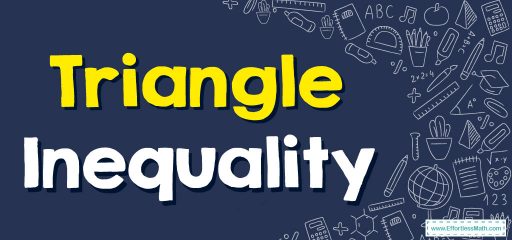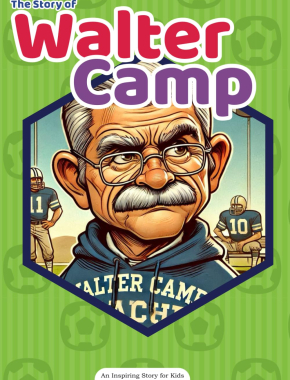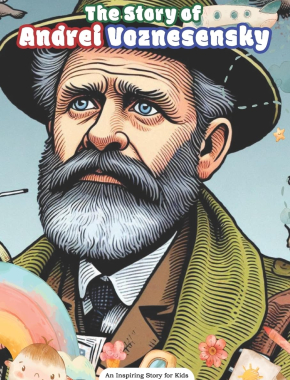Triangle Inequality
The triangle inequality states that for any triangle, the length of any one side of the triangle must be less than the sum of the lengths of the other two sides.

In other words, if you have a triangle with sides a, b, and c, then a + b > c, b + c > a, and c + a > b.
A step-by-step guide to Using Triangle Inequality Rules
For example, if you have a triangle with sides of lengths 4, 5, and 7, you can check whether it satisfies the triangle inequality:
- 4 + 5 > 7 (true)
- 5 + 7 > 4 (true)
- 7 + 4 > 5 (true)
Since all three conditions are true, this triangle satisfies the triangle inequality and is a valid triangle.
On the other hand, if you have sides of lengths 2, 5, and 10:
- 2 + 5 > 10 (false)
- 5 + 10 > 2 (true)
- 10 + 2 > 5 (true)
In this case, the first condition is false, which means that these side lengths do not form a valid triangle.
Triangle Inequality – Example 1
Do the given sides form a triangle? \(a=3, b=5, c=8\)
Solution:
Add the first and second lengths. \(3+5=8\)
8 is equal to the third length. So, it is not a triangle.
Triangle Inequality – Example 2
Do the given sides form a triangle? \(a=7, b=6, c=12\)
Solution:
Add the first and second lengths. \(7+6=13\)
13 is larger than the third length (12). So, they form a triangle.
Related to This Article
More math articles
- Math in Computer Science
- The Rules of Integral: Complex Subject Made Easy
- How to Evaluate Two Variables? (+FREE Worksheet!)
- What Kind of Math Is on the TABE Test?
- Algebra Puzzle – Challenge 53
- Top 10 Pre-Algebra Prep Books (Our 2024 Favorite Picks)
- How to Solve One-step and Two-step Linear Equations Word Problems
- How to Write Equation of Parallel and Perpendicular Lines?
- FREE 5th Grade MCAS Math Practice Test
- How to Find The Derivative of A Function


























What people say about "Triangle Inequality - Effortless Math: We Help Students Learn to LOVE Mathematics"?
No one replied yet.